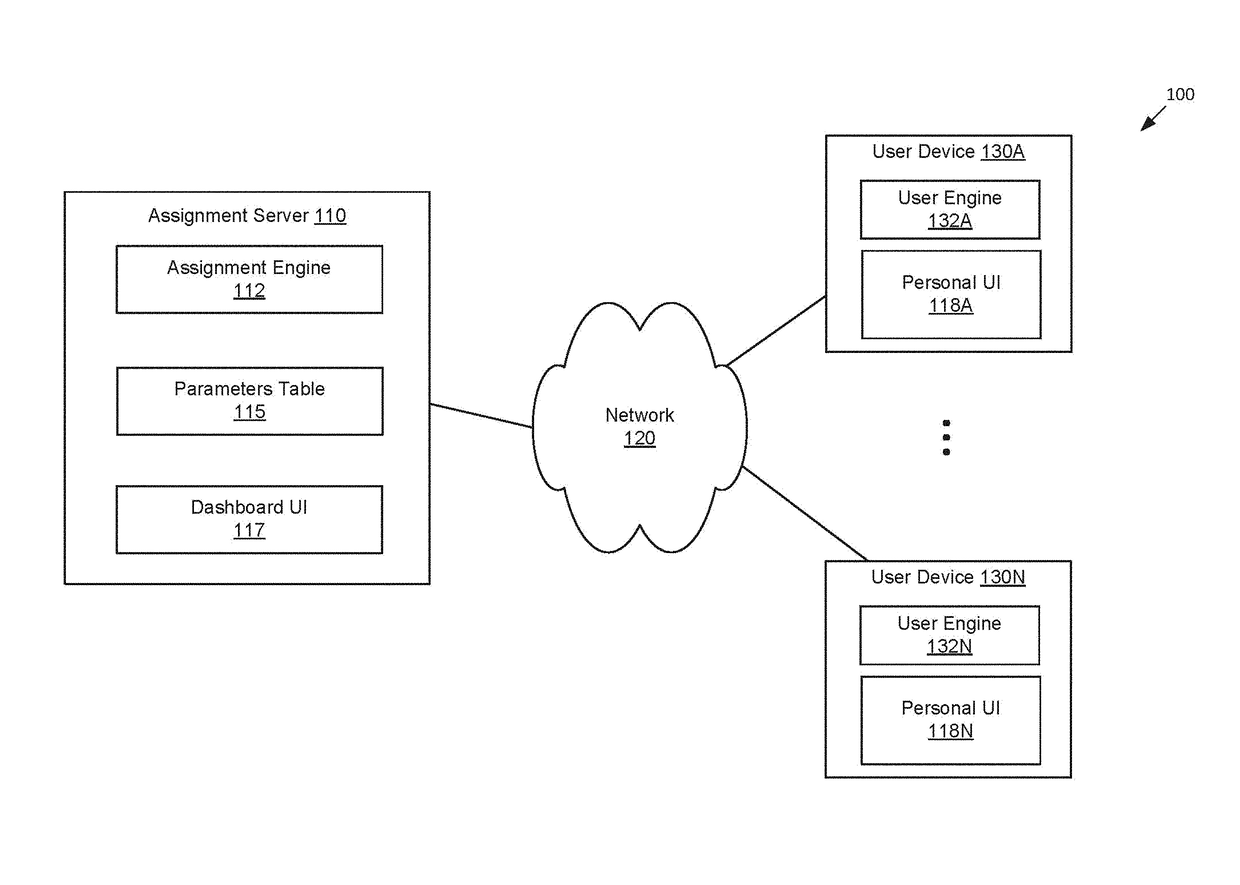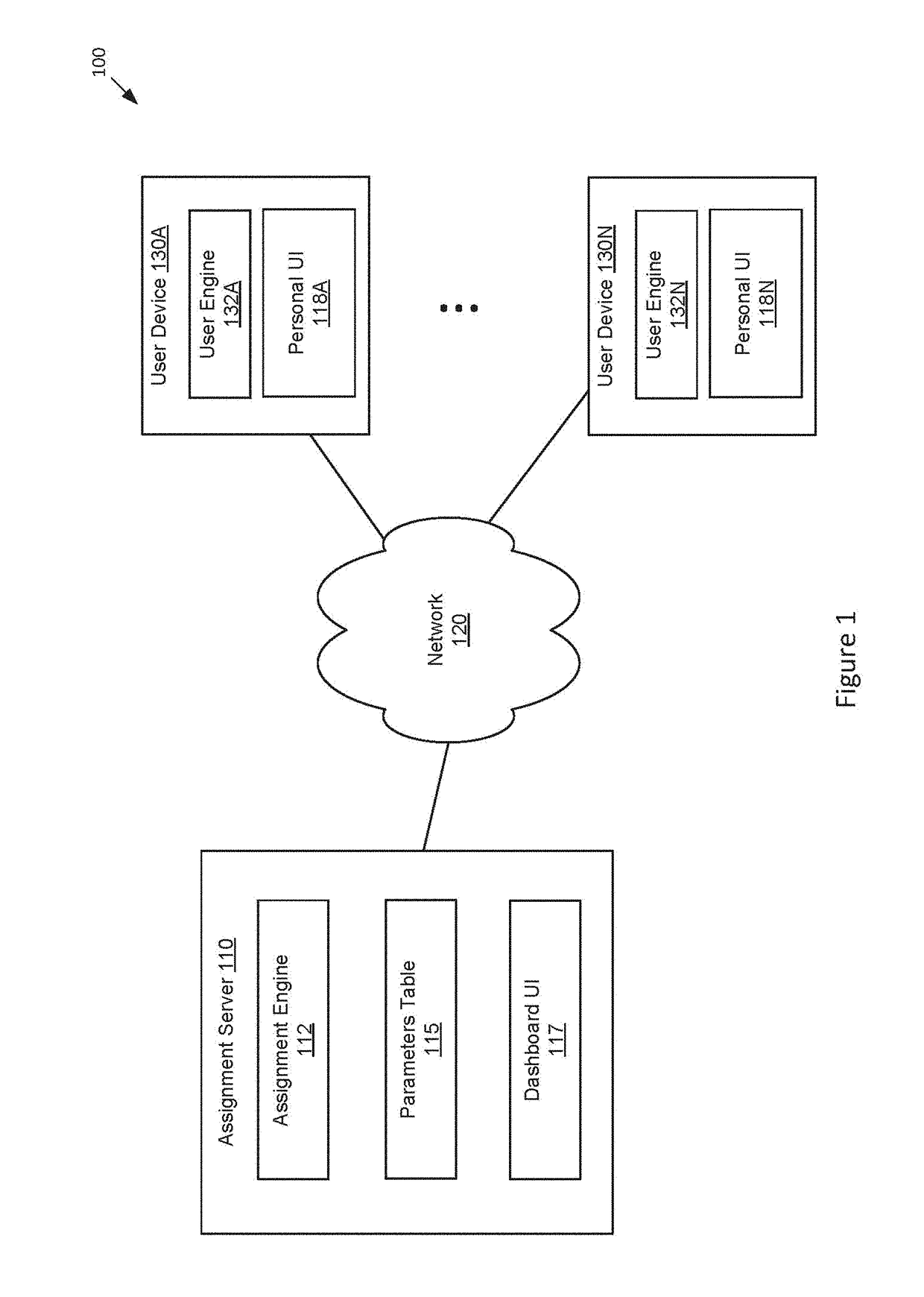Automated distribution of subtask assignments to user devices
a subtask and user device technology, applied in the field of computer science and computer networks, can solve the problems of insufficient time spent, inability to take into account individual differences that typically exist between human workers or human-based constraints and factors, and the inability of computerized algorithms designed for robots to take into account individual differences that are typically present across human workers. , to achieve the effect of improving and improving subtask assignments, improving quality and improving accuracy
- Summary
- Abstract
- Description
- Claims
- Application Information
AI Technical Summary
Benefits of technology
Problems solved by technology
Method used
Image
Examples
Embodiment Construction
[0018]In the following description, numerous specific details are set forth to provide a more thorough understanding of the present invention. However, it will be apparent to one of skill in the art that the present invention may be practiced without one or more of these specific details. In other instances, well-known features have not been described in order to avoid obscuring the present invention.
[0019]Embodiments described herein are directed towards a subtask assignment system for assisting groups of human workers complete an overall task more efficiently and with higher quality than in previous approaches. The overall task may comprise a task / job for physically assembling a physical article or object. The physical assembly task comprises a plurality of subtasks (sections) that must each be completed to complete the physical assembly task. The subtask assignment system may include an assignment server connected to a plurality of user devices via a network, each user device bei...
PUM
 Login to View More
Login to View More Abstract
Description
Claims
Application Information
 Login to View More
Login to View More - R&D
- Intellectual Property
- Life Sciences
- Materials
- Tech Scout
- Unparalleled Data Quality
- Higher Quality Content
- 60% Fewer Hallucinations
Browse by: Latest US Patents, China's latest patents, Technical Efficacy Thesaurus, Application Domain, Technology Topic, Popular Technical Reports.
© 2025 PatSnap. All rights reserved.Legal|Privacy policy|Modern Slavery Act Transparency Statement|Sitemap|About US| Contact US: help@patsnap.com



